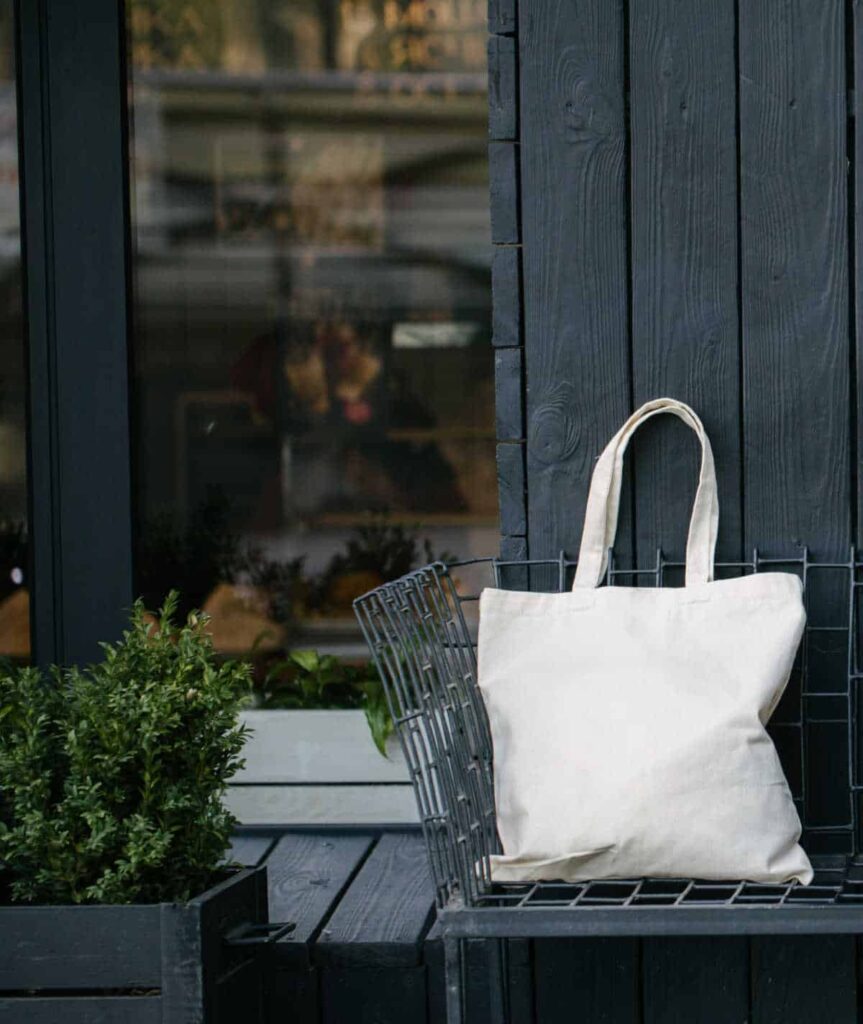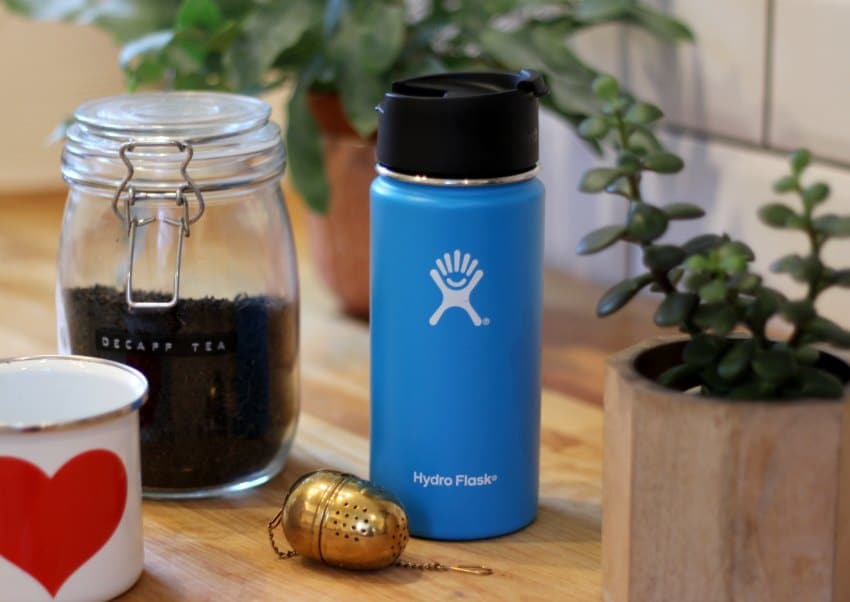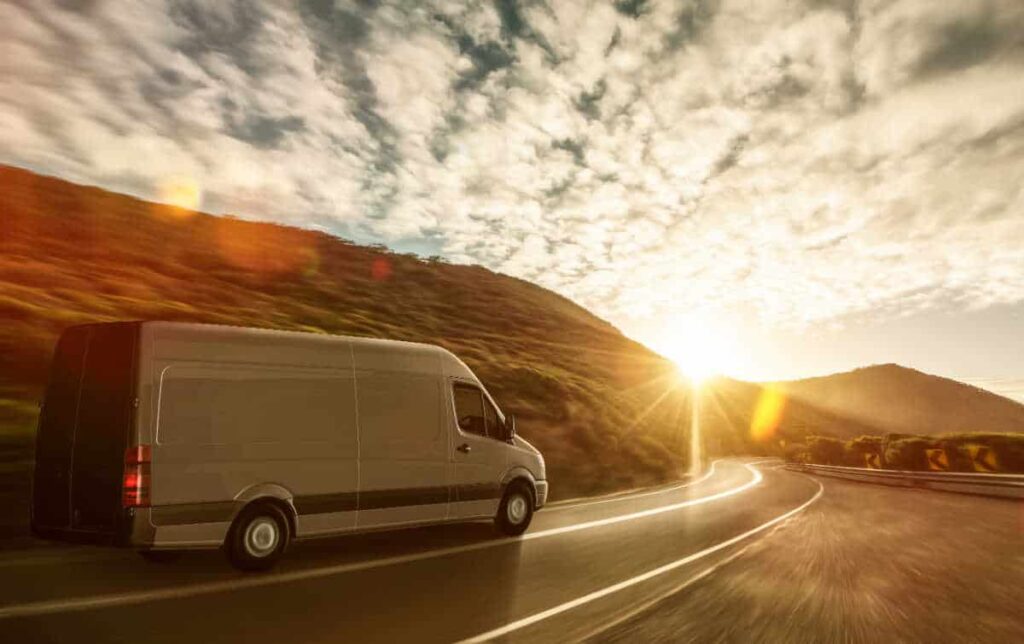What Is Tencel Fabric And Is It Ethical, Eco-Friendly or Sustainable?
To support the running costs of Moral Fibres, this post may contain affiliate links. This means Moral Fibres may earn a small commission, at no extra cost to readers, on items purchased through these links.
Got questions about Tencel fabric? Here’s everything you need to know about this fabric, and whether Tencel is an eco-friendly, ethical or sustainable choice when it comes to clothing.
Browse any ethical clothing brand, and you will probably come across items of clothing made from a fabric called Tencel. Given its popularity across the ethical sphere, you may well be wondering what Tencel is. And what it is exactly that makes Tencel a prime choice for these eco-friendly and sustainable brands. Let’s take a look!
A Beginners Guide To Tencel Fabric
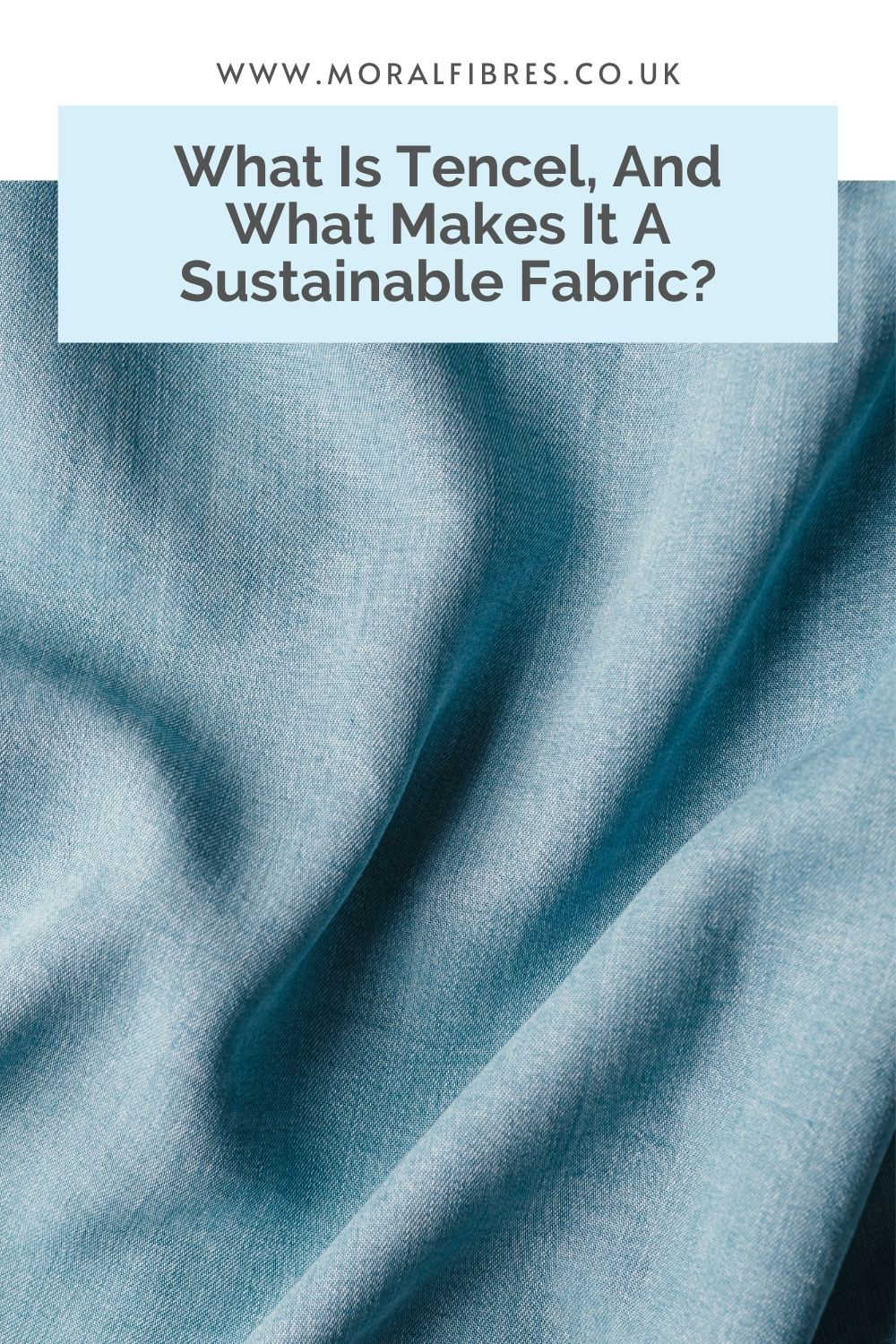
To help you out, I’ve put together almost everything you could ever need to know about Tencel fabric. From what it is, to if it is an eco-friendly or sustainable choice, and more. You’ll be a Tencel expert in no time.
If you’re short on time, you can use the quick links below to jump to a specific section of this post. If not, keep scrolling for the full post:
- What Is Tencel Fabric Exactly?
- What Is Lyocell?
- And What Is Modal?
- What’s The Difference Between Tencel & Viscose Or Rayon?
- Which Is Better, Cotton Or Tencel?
- Is Tencel Fabric Eco-Friendly?
- What About When Compared to Natural Fabrics?
- Is Tencel Biodegradable Or Compostable?
- Is Tencel Fabric Breathable?
- Where Can I Buy Tencel Products?
What Is Tencel Fabric Exactly?
First things first, let’s get to the basics. What is Tencel? Well, Tencel is the brand name for two types of fabric – Lyocell and modal – that are made by an Austrian company called Lenzing AG.
To help simplify this, if you are in the UK you probably refer to a vacuum cleaner as a Hoover or sticky tape as Sellotape. With Tencel, it’s the same thing – the fabric is simply referred to by the brand name. Both types of fabric are often referred to as Tencel, as they share very similar properties and production methods.
What Is Lyocell?
So what is Lyocell then? Lyocell is a soft semi-synthetic fabric, known for its strength, its moisture absorption properties. This sounds good, but does it do good?
Well, unlike synthetic fibres that are made from plastic, Lyocell is made from wood pulp. In particular, Tencel Lyocell fabric is made from wood pulp sourced from sustainably managed forests certified by both the Forest Stewardship Council (FSC) and the Program for the Endorsement of Forest Certification Schemes (PEFC).
The wood pulp used to manufacture Lyocell is most commonly derived from eucalyptus trees. This pulp is then processed with a special solvent. This solvent dissolves the pulp into a rather viscous liquid, similar to the consistency of honey.
Once liquified, the solution is then pumped through a thimble-shaped metal nozzle, called a spinneret. This nozzle has very fine holes in it, which means that the wood pulp solution then emerges from the spinneret as long fibres. These fibres are then spun into continuous strands, ready for use in the fabric industry.
Whilst Lyocell is made by different brands, Tencel Lyocell in particular is produced in a highly regulated closed-loop process. What this means is that the solvents and water used to create Tencel are recovered, and reused again.
In fact, according to Lenzing AG, when making Tencel Lyocell the water is 100% recovered and recycled. Meanwhile, the solvent is almost all fully recovered and reused – with a recovery rate of more than 99.5%. All in all, Lenzing AG say that 50% fewer greenhouse gases are emitted throughout the manufacturing process when compared to generic Lyocell.
And What Is Modal?
We’ve covered Lyocell, so what about modal? Modal is a soft semi-synthetic fibre that feels like silk when worn. In fact, it’s often used as an ethical alternative to silk.
Modal is produced similarly to Lyocell. However, instead of eucalyptus, modal is predominantly made from the pulp of beech trees. This creates an even softer fabric prized by the fashion industry.
Again, whilst modal is made by many brands, what makes Tencel’s modal more sustainable, is that their beech again only comes from sustainably managed forests. In addition, their modal is produced in a similar closed-loop system. Here up to 95% of their production materials are recovered and reused.
Compared to silk, modal is much more hard-wearing and more ethical. It also keeps its shape and finish, even when subject to frequent laundering. Meanwhile, unlike garments made from 100% synthetic fibres, such as polyester, modal allows the skin to breathe and does not trap sweat or odours.
What’s The Difference Between Tencel & Viscose Or Rayon?
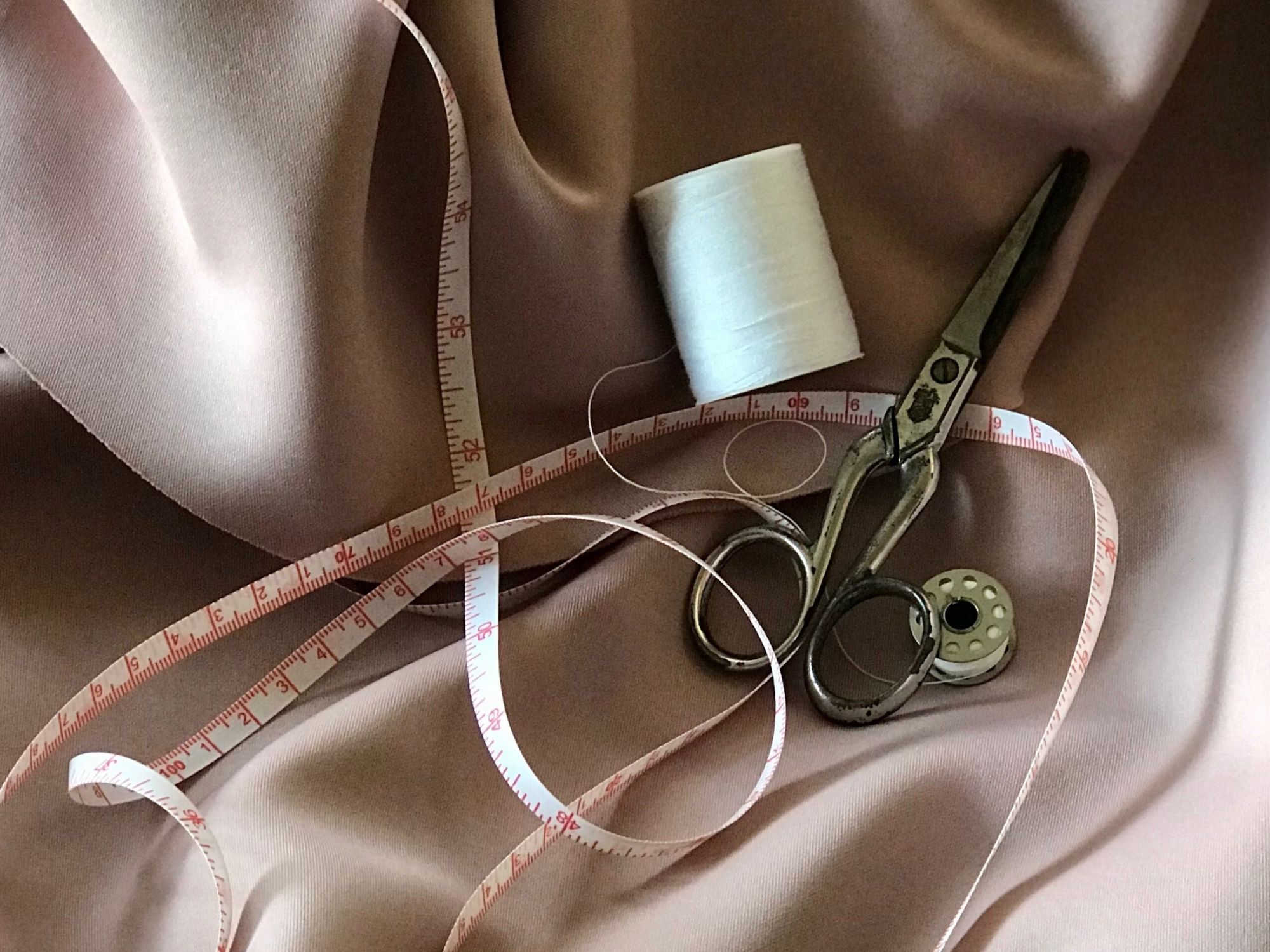
Like Tencel fabric, viscose and rayon are derived from wood pulp. However, the big difference is that producing viscose and rayon is a much more energy-intensive process.
Making rayon and viscose is also a far more chemically intensive production process. It involves using a potentially harmful chemical called sodium hydroxide. This can be harmful to workers. Sodium hydroxide is commonly found in drain cleaners and oven cleaners, and we know how harmful these products can be.
The other big problem with sodium hydroxide is that it is not easily recoverable. This means that rayon and viscose cannot be produced in a closed-loop system. If not regulated properly, this can give rise to some very serious water pollution problems. It can also pose a severe threat to people and the environment around production sites.
Tencel, on the other hand, is made without sodium hydroxide. Instead, this chemical is replaced with an organic compound called N Methylmorpholine N-oxide (NMMO). NMMO is much more easily recoverable. This allows it to be used again and again to produce more Tencel, without giving rise to water pollution problems.
Which Is Better, Cotton Or Tencel?
Now that we know that Tencel is a better choice than synthetic fabrics, or other semi-synthetic fabrics, such as viscose or rayon, you might be wondering about how it compares to natural fibres. And specifically, you might be wondering which is better – cotton or Tencel?
It is difficult to compare two very different fabrics. In my opinion, Tencel tends to be softer and more durable than cotton. It drapes well and doesn’t wrinkle easily, so isn’t as high maintenance as cotton. Essentially, you could ditch your iron and no one would know.
Meanwhile cotton is a much crisper fabric with a more rigid shape. If you’re a fan of starched shirts, crisp lines, and freshly pressed clothing, then cotton is the choice for you. However, I would always say that organic cotton is always a better choice than regular cotton or BCI cotton.
Of course, there is a way to get the best of both worlds. Tencel often gets blended with other fibres, such as cotton, to help give the finished article Tencel-like properties. For example, Tencel may be blended with denim to increase its softness.
Is Tencel Fabric Eco-Friendly?
As Tencel fabric is semi-synthetic then there are definite pros and cons. I would say that Tencel Lyocell and modal are eco-friendlier choices, compared to synthetic fabrics made from fossil fuels. These include fabrics such as polyester or nylon.
Other semi-synthetic fibres such as rayon or viscose can be hazardous to the environment. We’ve already looked at the chemical processing problems there. However, chemical processing aside, there are also no guarantees that the wood pulp used by rayon producers comes from sustainably managed forests. In fact, the rayon and viscose industry has been attributed to rainforest destruction in Indonesia.
What’s to like about Tencel is that there are guarantees that the wood comes from sustainably managed forests. This makes Tencel a more eco-friendly choice, compared to its other semi-synthetic cousins.
What About When Compared to Natural Fabrics?
When it comes to natural fibres, the picture is a little more opaque.
Whilst the myth that cotton is a water-intensive crop to grow has recently been debunked, there are still gaps in our knowledge about cotton. In particular, there is a huge knowledge gap when it comes to the use of pesticides in the conventional cotton industry.
What we do know is that, unlike cotton, trees can be grown without the use of pesticides or minimal amounts of pesticides.
Eucalyptus trees – the key element in Lyocell – are incredibly hardy. They can grow on almost any type of soil. This means they don’t have to take up space on fertile agricultural land that could otherwise be used to grow food. Eucalyptus also grows incredibly quickly, without the need for pesticides or irrigation.
Likewise, beech – the key element in modal – is also a hardy species. It does not require artificial irrigation to grow. In fact, it uses about 10 to 20 times less water, compared to other fabric crops.
These tree species can be much less resource-intensive to grow. As the wood pulp for Tencel fabrics is derived from sustainably managed forests, I would say that Tencel fabrics can be classed as more sustainable than conventionally grown cotton.
Let’s not get too carried away though. As Tencel does have to be chemically processed, I’d say it is probably less sustainable than gold-standard eco-friendly fabrics. These include fibres such as organic cotton, recycled cotton, linen or hemp.
Is Tencel Biodegradable Or Compostable?
Tencel is both biodegradable and compostable. But wait up. Don’t go chucking your old clothes in your compost bin just yet. Tencel fibres are sometimes blended with other fibres. These additional fibres may not be biodegradable or compostable. If in doubt first carefully check the composition label.
Labels aside, there are other issues when it comes to composting clothes. Many items of clothing that are technically compostable shouldn’t be composted. Even items made from all-natural fabrics such as cotton, linen or hemp. This is because any dyes or finishes used on the fabric may not be so environmentally friendly. Nor may they contribute to good soil health.
What I would say is that it is energy and resource-intensive to make clothing. Composting fabric should always be the final stage of a fabric’s lifespan. If your item is beyond the re-wear stage, it is always more sustainable to find ways to reuse or recycle your old clothes, rather than composting them.
Is Tencel Fabric Breathable?
As Tencel is made from wood-based fibres, rather than plastic, then it is a very breathable fibre. This makes it especially suitable for all sorts of applications. In particular, look out for bed linen, shoes, underwear, gym wear, and summer clothing, if you are looking to get the full benefit from Tencel.
Where Can I Buy Tencel Products?
Fabrics made from Tencel can be found in all areas of the market. From underwear to dresses, jeans to shoes, bed linen, and more. Tencel pops up everywhere. Who knows, if you’ve shopped with an ethical retailer in the past, then you may be wearing something made of Tencel right now!
Here are some brands that use Tencel in their products:
Allbirds
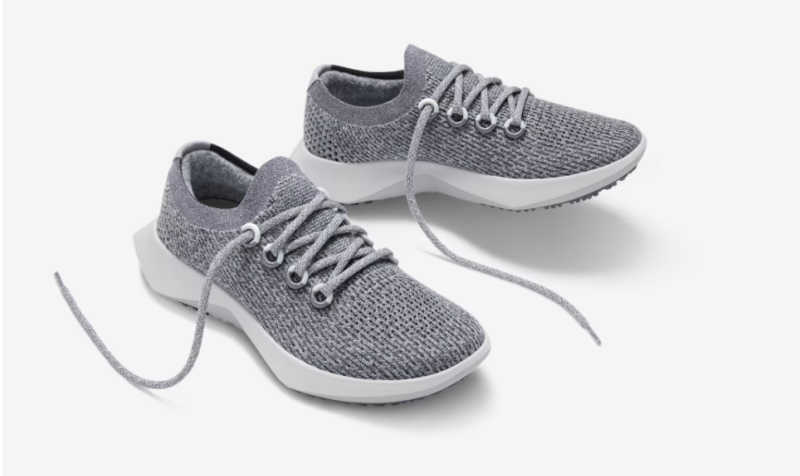
Whilst Allbirds is well-known for its wool-based shoes, it has quite literally branched out into Tencel. In fact, any of its shoes with a tree-based prefix is made from Tencel.
Camper Shoes
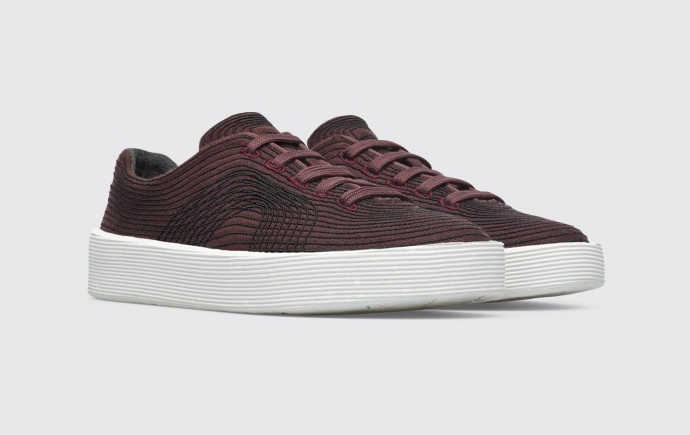
Shoe brand Camper has a range of Tencel-based shoes for men, women, and children. The fabric of these Courb trainers, for example, is made from 70% Tencel Lyocell fabric.
Patagonia
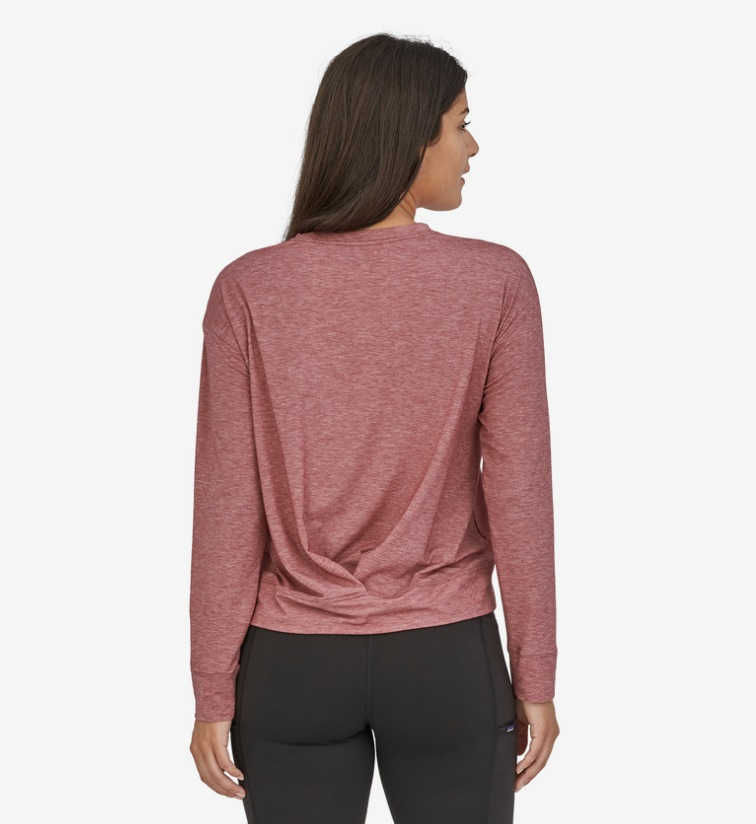
Ethical clothing brand Patagonia offers a range of Fairtrade-certified clothing products that are made from Tencel. From soft and breathable men’s boxer shorts to women’s airy summer dresses and jumpsuits, Patagonia offers a wide range of clothing made from Tencel fabric.
In Short
Tencel’s production process has some great sustainability features. From the tracing of trees to sustainably harvested forests. Right through to the fact that the process recycles water and chemicals. This makes Tencel fabric a much more sustainable choice, compared to synthetic fibres such as polyester and nylon. And it’s also a more sustainable choice than other semi-synthetic fibres such as rayon and viscose.
If you are buying a new product, then I would say that Tencel fabric is a sustainable choice to look for. Tencel looks good, feels good, and through its use of sustainable practices, does good.
However, be wary of claims of compostability. Instead, try to find ways to wear your item for as long as possible. From repairing to recycling, reusing and repurposing, there are heaps of ways to keep your Tencel fabric out of the composter.
Found this post useful? Please consider buying me a virtual coffee to help support the site’s running costs.


